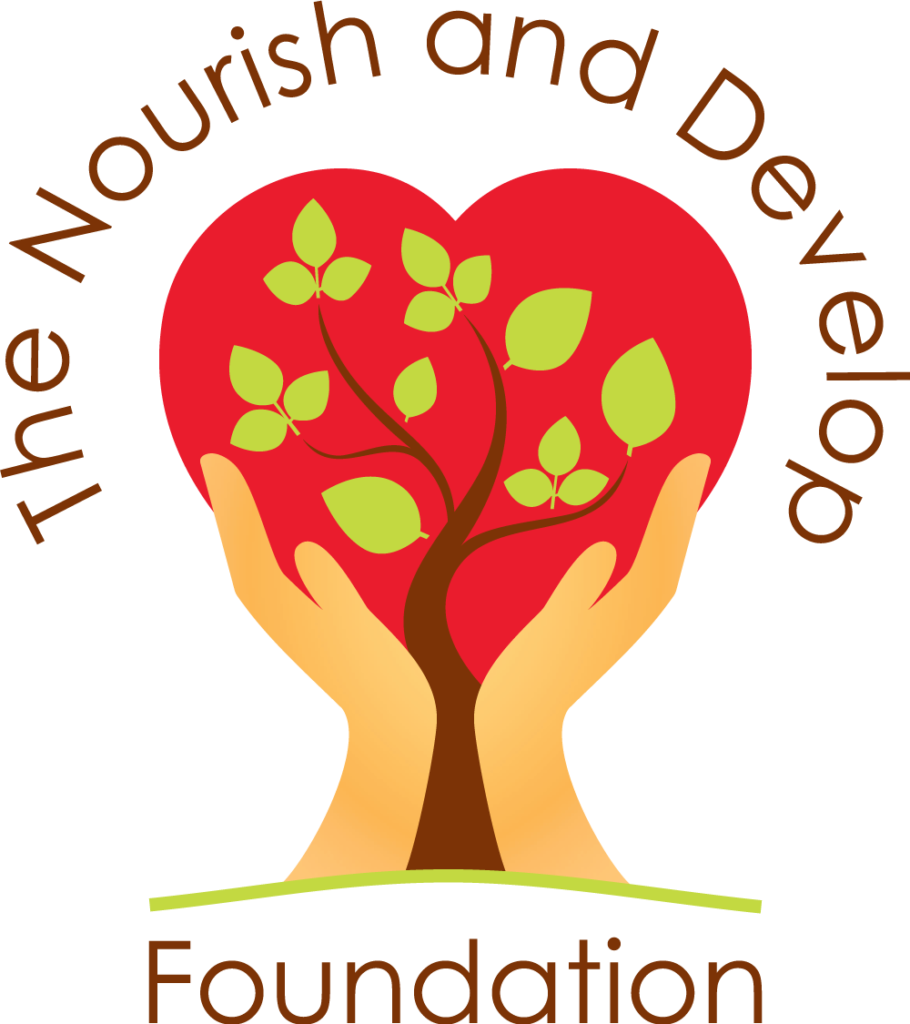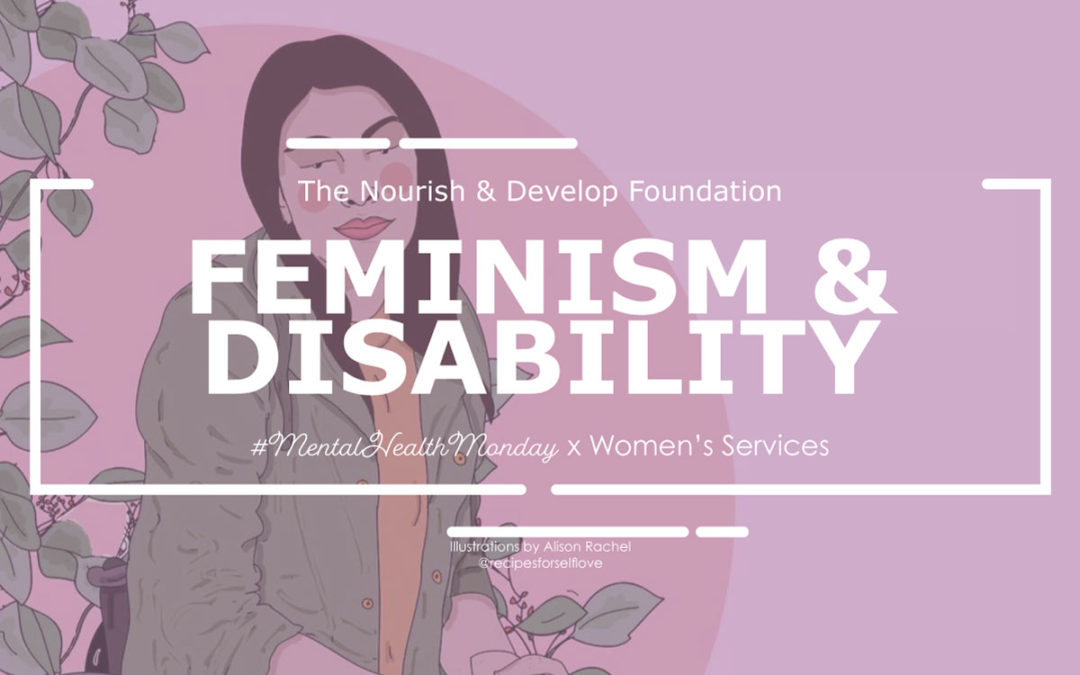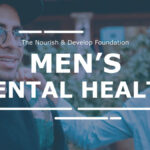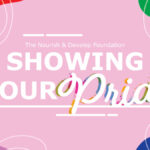“To eliminate disability is to eliminate the possibility of discovering alternative ways of being in the world, to foreclose the possibility of recognizing and valuing our interdependence.”
– Alison Kafer
A large piece of the education and promotion surrounding mental health is a focus on prevention and treatment. These aspects are significant to managing unpleasant symptoms and improving the ability to function in daily life. However, sometimes it can feel as if though there is not a lot of space allocated for accepting people as they are. Perhaps we could look towards feminist perspectives on disability to recognize the value in integrating the needs and strengths of people with disabilities into society. Feminist disability studies go beyond research about women with disabilities. It extends to dismantling stereotypes about all people with disabilities. We are familiar with the saying ‘it’s okay to not be okay’ so let’s normalize ‘it is okay to be disabled’. Today we ask you to challenge your assumptions about disability and to recognize the some of the barriers that individuals with disabilities face.
Many people make assumptions about disabled people which can lead to mistreatment, discrimination and a lack of sensitivity. It is important to keep in mind that most people will experience disability at some point in their lifetime, whether it be from an illness, accident or from old age. Disabilities can be temporary or permanent, severe or mild, invisible or visible. The term disability is an umbrella term that encompasses every type of human variation that is not considered the standard for health and appearance. These standards are unrealistic and do not reflect or give acceptance to the many variations in the human body. Just because someone is disabled or different does not necessarily mean they are unhealthy, unhappy or unproductive. It is society that needs to become more inclusive and accommodating to all members of our community.
ACCESSIBILITY
Accessibility refers to the design of products, devices, services, or environments for people who experience disabilities.
There are systems in place that operate on the expectation that bodies function and process information in a universal way including stores without wheelchair access, school tests without extra time given, and online videos without subtitles. These are exclusionary practices which prevent people from participating in society and benefiting from services.
When we work with people who are affected by such barriers, we can better understand accommodations that can be implemented to allow people with disabilities to contribute socially and economically.
INTERSECTIONALITY
Intersectionality refers to the interconnectedness of social categorizations such as race, class, gender, (dis)ability, sexual orientation, age, spirituality, socioeconomic status, etc.
Each listed grouping can be a factor in which why someone is oppressed. There are inequalities between men and women, but a woman with disabilities will experience discrimination differently from a woman without disabilities.
Feminism has traditionally reflected the perspectives of white, middle class women using able-bodied language, so feminist disability studies call for the acknowledgment of intersectionality to include all marginalized voices when speaking on issues they may face like misogyny, lack of affordable housing, and inaccessible health care.
COVID-19
The current pandemic has been a challenging time for most Canadians and while we are starting to see the light at the end of the tunnel, there are those who have been hit hard by economic and mental health issues. Disabled people are particularly struggling to cope with societal barriers that further marginalize them and while there have been some improvements brought about by the pandemic, such as over the phone or online medical appointments, grocery gateway and other delivery services, and the ability to work remotely, we must continue to identify and eliminate physical and social barriers for disabled people. Language used in the beginning of the pandemic such as “pre-existing conditions” further diminished the value of disabled people, as it was insinuated that only those with pre-existing conditions would be severely affected by the virus. Instead of protecting our most vulnerable citizens, measures put in place for prevention of the spread of COVID-19 in long term care homes, came too late and were not enough to prevent many people from dying. This has shed light on the need for tighter regulations and improvements to living accommodations and care in congregated living environments. We have an opportunity as we reopen to consider the lessons learned from the pandemic and make the improvements necessary to consider the needs of all people in our communities, not just able-bodied people.
To amplify the voices of disabled peoples organizations who work to be seen and heard, remember “Nothing about Us, Without Us” and include people with lived experience in discussions around disability.
Resources
Making an accessible Canada for people with disabilities
Sources
https://www.journals.uchicago.edu



